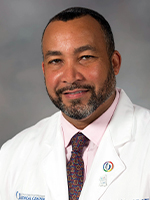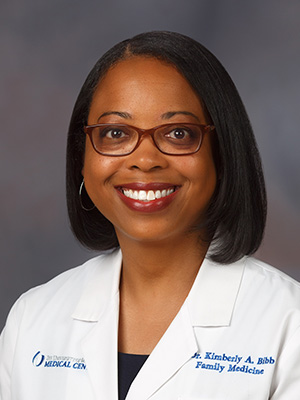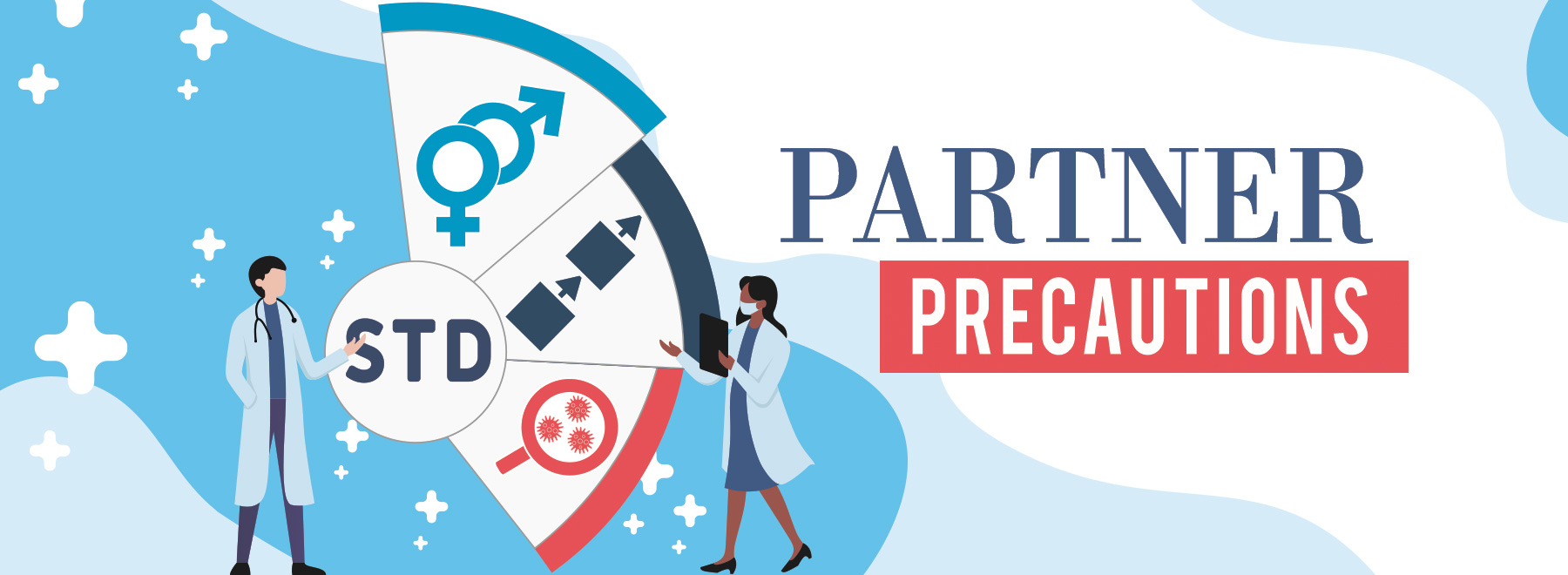STD cases spiked during pandemic
It’s not comfortable to discuss sexually transmitted diseases.
Unfortunately, there is also an uncomfortable truth: STD rates are on the rise in the United States.
The Centers for Disease Control and Prevention reports that between 2019 and 2020, syphilis in adults increased by 7 percent and gonorrhea increased by 10 percent. The number of states reporting syphilis cases in newborns also increased. That same year, Mississippi had the highest rate of both chlamydia and gonorrhea in the United States.

“The more you test, the more you find,” Dr. Leandro Mena, director of the CDC’s Division of STD (Sexually Transmitted Disease) Prevention and former UMMC professor of medicine, told the Washington Post in April. “We know there’s much to be done to expand STD prevention in the United States.”
With public health officials at the CDC sounding the alarm, let’s talk about STDs.

“It’s a sensitive topic, but an important topic,” said Dr. Kimberly Bibb, assistant professor of family medicine at the University of Mississippi Medical Center.
At UMMC’s family medicine clinics, “We try to make screening for STDs a routine practice during our wellness visits,” she said. “It’s a good time for patients to have a discussion.”
That includes a discussion of your sexual history, including partners, practices and use of preventive measures like condoms. This allows you and your doctor to make an informed decision about which STD to test for and when.
Bibb says these decisions “depend on the individual, and each particular infection has its own guidelines.”
The guidelines come from the United States Preventive Services Task Force, an independent panel of health experts that make evidence-based recommendations for disease prevention.
For instance, the USPSTF recommends that sexually active women under age 25 be screened for gonorrhea and chlamydia annually, regardless of symptoms. They also recommend screening for women 25 and older who are at increased risk for infection, including those with multiple partners or a history of STDs. The USPSTF also recommends HIV testing for all people age 15-65.
Pregnancy is another important time for screening, Bibb said. Infections can be passed along before or during birth, increasing the risk for birth defects or stillbirth.
The wellness visit is also good time to discuss potential symptoms of bacterial STDs:
- Foul-smelling discharge from the genitals
- Pain or a burning sensation with urination
- Sores or bumps around the genitals, mouth and anus.
“For HIV, it’s a little different,” she adds. Like other viral infections, it can cause flu-like symptoms like fever, chills, fatigue and swollen lymph nodes.
“However, just because someone has one or more of these symptoms, doesn’t mean they have HIV,” Bibb said. “If these symptoms don’t resolve and linger for weeks then you should consider being tested.”
If you have any of these signs, schedule an appointment with you doctor or go to a nearby and confidential STD testing clinic.
Bibb encourages patients to be “open and honest” with providers about their experiences and symptoms in order to “prevent complications and severe consequences of an untreated infection.”
Leaving an infection untreated can limit your body’s response to later infections, including other STDs. Gonorrhea or chlamydia can increase the risk of ectopic pregnancy, infertility and pelvic inflammatory disease. Viral hepatitis can lead to liver injuries or cancer. Syphilis can spread to the brain and spinal cord. Unmanaged HIV can develop into AIDS.
The good news is that early testing means early treatment. Antibiotics can cure most bacterial-based infections and antiviral medications can manage HIV, when used properly.
“If you receive a diagnosis, take the medications as prescribed,” she said.
Bibb says it’s also critical to notify partners of your diagnosis, even if it’s uncomfortable.
“This allows your partner to get tested and take appropriate preventive measures,” Bibb said. “It’s also important to prevent re-transmission of the infection back to you after you finish treatment.”
The most effective way to prevent STDs is to abstain from sex. For people that choose to be sexually active, reducing the number of partners can also reduce your risk of exposure.
Condom use during sex can prevent many STDs, “but they need to be used correctly and consistently,” Bibb said.
Vaccines can also prevent certain STDs or their complications. The human papillomavirus (HPV) vaccine, recommended for all people aged 9-26, has led to an 81 percent drop in HPV types that cause most related cancers and warts since 2006. The hepatitis B vaccine can also prevent liver disease.
People at increased risk for HIV can also consider a prescription medication known as pre-exposure prophylaxis or PrEP, which reduces the risk of infection through sex by up to 99 percent.
Bibb encourages people to not be afraid to discuss STD prevention and testing with their doctor.
“It’s an important part of overall well-being and living a healthy and long life.”
The above article appears in CONSULT, UMMC’s monthly e-newsletter sharing news about cutting-edge clinical and health science education advances and innovative biomedical research at the Medical Center and giving you tips and suggestions on how you and the people you love can live a healthier life. Click here and enter your email address to receive CONSULT free of charge. You may cancel at any time.



